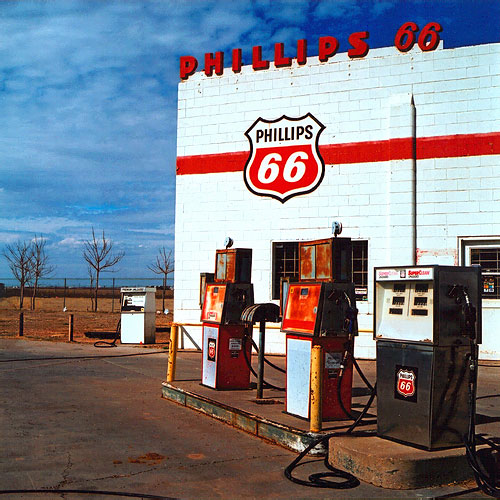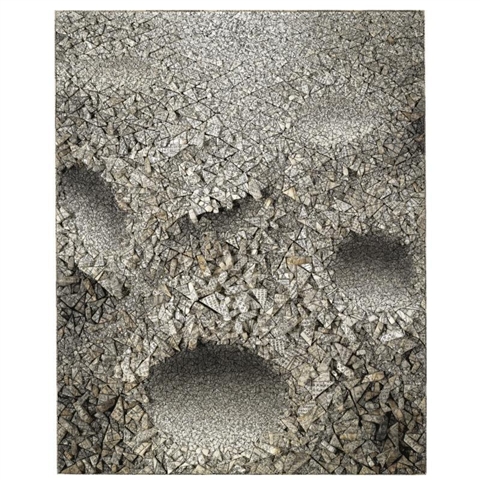How I celebrate the New Year
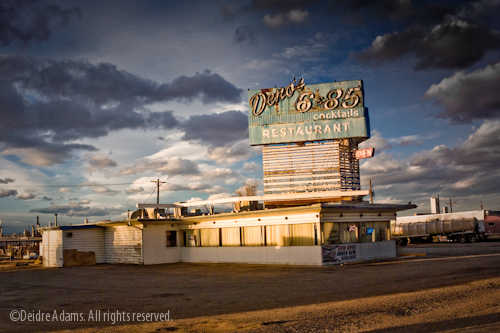
Deno’s 6&85 ©2009 Deidre Adams.
It seems that the beginning of a new year is a time for most people to want to take stock of their lives and to resolve to change themselves in some way. I decided a long time ago that making resolutions was a sure setup for failure. So, although there is a tiny nagging sense of guilt that I should be working to improve myself in some way, I pass on the whole resolution thing and just allow myself to enjoy the day. Is that because I’m weakwilled? Perhaps, but I much prefer to live in the moment than to spend the day in deep introspection, self-absorption and recriminations, thinking about how I should change myself.
So, yesterday when I saw that it was a beautiful warm day with striking clouds — my optimal picture-taking scenario — I decided it was time to take advantage of a quiet traffic day and go up north to Commerce City to get some shots of Deno’s 6&85 restaurant, with this fabulous old sign. I’m not sure why, but it evidently has some claim to fame, as it’s the poster child for the “truck stop” entry on Wikipedia. I’d heard that they had closed, so I thought I’d better get up there before it got torn down. I was quite surprised to find that it’s now plastered with ugly banners announcing that they’re now open under new management. Kind of ruined the atmosphere I was hoping for, but whaddaya gonna do!
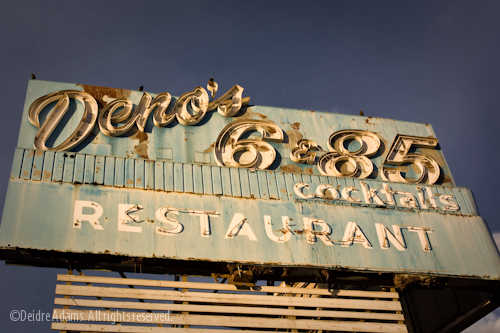
Here’s a closeup of the sign in which you can see a couple of the current residents. These birds were quite happy and noisy yesterday, giving the whole scene an oddly surreal spring-like feeling, there on the first day of January, 2009.
We spent some time driving around Commerce City, a great urban exploration area, for other photo opportunities. Late in the afternoon, the sun came poking through a cloudbank and produced this great scene in the concrete labyrinth that lives underneath I-70:
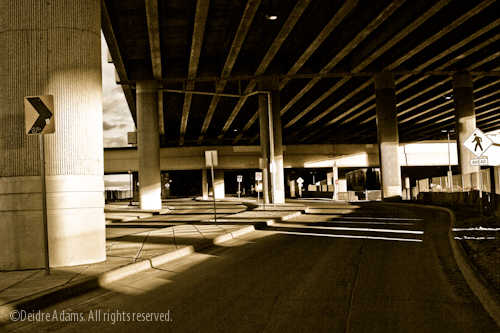
Underpass. ©2009 Deidre Adams.
Disclaimer: All of these images are tweaked in Adobe Lightroom, to which I am now heavily addicted.
But to get back to the New Year’s theme, I got a bonus in my e-mail today in the form of permission for my lazy behavior. This comes from Robert Genn’s Twice Weekly Newsletter, which I subscribed to a while ago. Although most of what he offers is a rehash of the same-old stuff that you’ve heard a gazillion times if you’ve been around awhile, every now and then there is a gem worth contemplating. Today’s offering is called How to Find Passion. I read through the typical life turnaround story barely paying attention, but there were a couple of steps in his how-to list that made me stop in my tracks:
Consider your dreams to be private, unique and sacred….
Don’t talk about it, do it.
OK, great. Gotta stop talking about it, and go do it. Until next time, then!

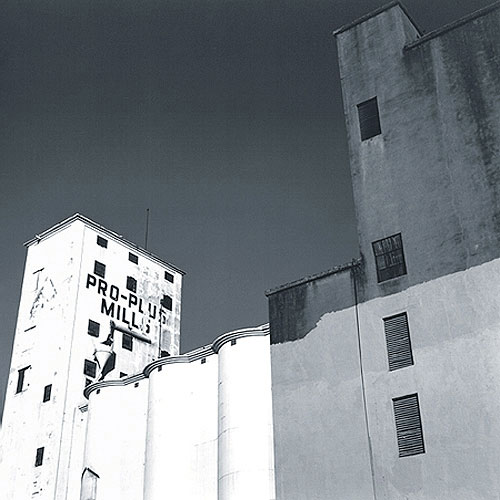 San Antonio, Texas, January, 2001 ©Robert L. Jones
San Antonio, Texas, January, 2001 ©Robert L. Jones